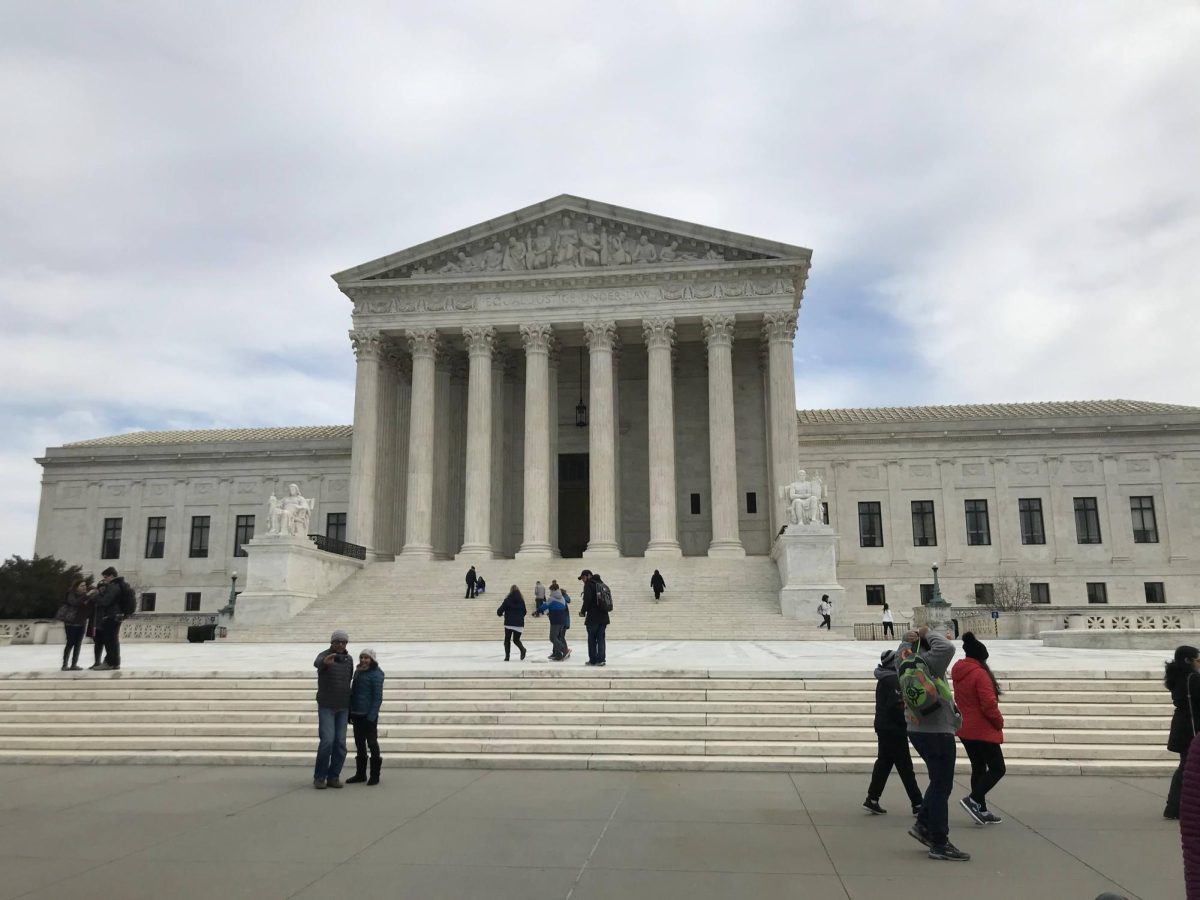Since 2020, the United States has experienced rising inflation along with rising interest rates. Presently, in 2023, Americans are experiencing a higher cost of living with wages that have become unattainable with inflated prices. While the unemployment rate has remained stable and low, the cost of living has become increasingly unaffordable for many. Although the unemployment rate remains low, the financial struggles among many Americans are more unstable than the height of the 1930 Great Depression.
This “trend” of calling the United States’s current economic state the Silent Depression is rooted in the idea that Americans are experiencing heightened economic problems such as the Great Depression—the only difference is that it’s not really being talked about. For those who are being directly affected, there is a lack of resources being provided by the government to allow them to stay afloat. More so, the government itself has been reaching further debt.
What is Currently Happening?
While America has experienced a plethora of economic crises, the Silent Depression has been the worst. Unlike the Great Depression, the Housing Crisis, or the DotCom bubble, Americans are not experiencing a rise in unemployment, but a rise in unattainable conditions. These conditions are causing many Americans to go into extreme debt and ignore their retirement accounts in order to survive. While one may think that having an unpaid retirement account is okay, it is extremely problematic as it means many are going to be forced to work at an old age. Similarly, the high cost of goods have caused more people to turn to using credit cards while also using cards at higher levels, increasing this immense amount of debt.
Mortgage rates have more than doubled. In three years alone, a 30-year fixed mortgage rate of 3.72% in 2020 has alarmingly increased to 8% as of October. By the end of 2023, and continuing onto 2024, this rate could rise even higher. This year alone mortgage demand is at a 27% low, meaning mortgage application rates have significantly decreased in result to high mortgages. These high rate is problematic as they make it impossible for most Americans to be able to afford a home or maintain their cost of living. Housing has become so unaffordable that around 18 million millennials have moved in with their parents in order to afford the cost of living. While housing prices are extremely high currently, it’s concerning to note that they are expected to rise even further as housing will always be in demand.
High rising inflation is another issue. Prices have increased by 19% since 2020, which is extremely problematic as tools such as credit cards make it unattainable to lower these high rates. Overpriced and unavoidable necessities make it almost impossible for people to stop spending, and those who are unaffected continue to buy into these inflated goods. This is significant as for inflation to decrease the United States needs consumers to stop spending as much.
Along with heightened rates, some people are being offered less, with one analysis finding that employers are cutting salary offers by as much as 47%. Meaning, along with the stress of high and unaffordable prices, there is less money being offered for people to buy these already inflated goods. While this not the case for every individual, this is also a huge contributing factor to the high debt from credit cards and loans.
Who is This Affecting?
This situation is primarily affecting those who were already in a lower income status, but more so it is diminishing the middle class. Currently, Americans are either comfortably living or struggling to live the way they once were able to live. Many find themselves cutting corners and finding ways to save money. However, during this economic state there is a lack of a middle ground, as many are either struggling silently or continuing their lives as usual.
Why is This Happening?
This is currently happening because of the government’s overspending, as the amount the government is spending is one of the main contributors to heightened inflation. The high spending of the government is reducing the overall savings of the economy. Currently, the U.S. national debt sits at around 33 trillion dollars, almost hitting the debt limit in summer 2023 before a deal was reached to end the standoff until 2025.
What Can Be Done To Stop This?
The only way to reduce this debt is to maintain low interest rate levels, which is currently not happening. Instead we are experiencing high interest rates, and therefore high inflation. To reduce interest rates inflation needs to be reduced, and to reduce inflation spending needs to be reduced. Overall, while consumers in general need to lower their spending habits, the government needs to improve its spending habits in order to benefit Americans.








